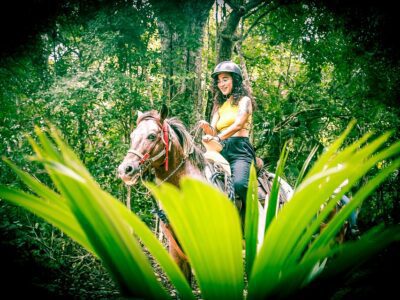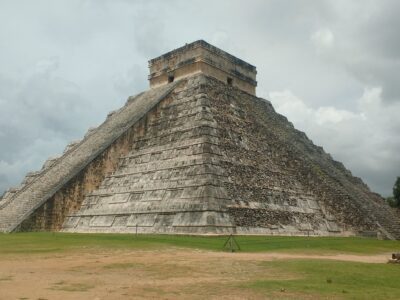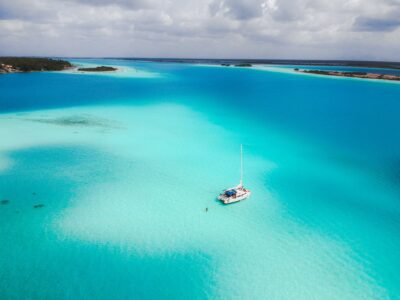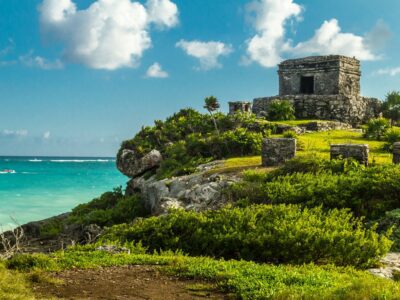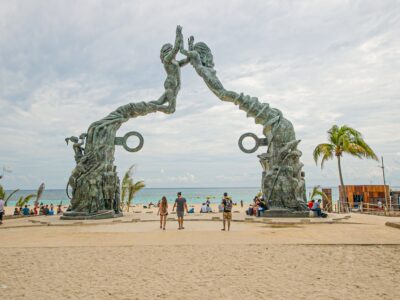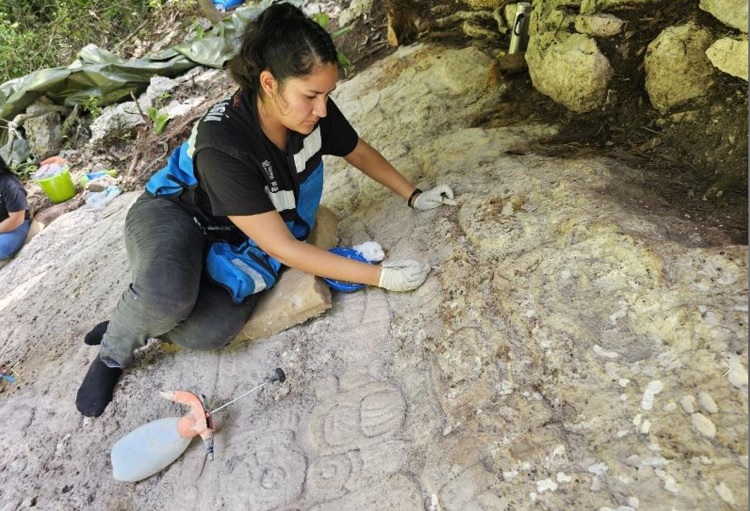During a tour of the Coba archaeological zone, archaeologist Ana Calderón noticed a staircase carved into the slope that, when cleared, turned out to be the side of one of the most extensive hieroglyphic texts recorded in the Coba Archaeological Zone, in Quintana Roo.
The Federal Ministry of Culture, through the National Institute of Anthropology and History (INAH), has taken measures to preserve this monument, nearly 1,500 years old, baptized as the Foundation Rock.
As the field season of the archaeological project at this site is about to end, led by the coordinator of the archaeological rescue that accompanied the construction of the Mayan Train, Manuel Eduardo Pérez Rivas, the conservation team of the initiative, linked to the Program for the Improvement of Archaeological Zones (Promeza), has managed to stabilize the stone support on which the Mayan text is inscribed, which, among other aspects, has revealed the names of sites, rulers and deities that had not been identified in the corpus of inscriptions at Cobá.
The person responsible for the conservation-restoration work, Eunice Corazón Peralta de Dios, and the epigraphist Octavio Esparza Olguín agree that several passages are difficult to read due to the erosion of the rock and the concretions of salts adhered to its surface. However, the on-site recording of the monument, as well as the analysis of the three-dimensional models and the photographs with grazing light have offered subtle details that contribute to the understanding of the text, which covers 4.30 meters wide by 3.50 meters high and is composed of 123 hieroglyphic cartridges, arranged in 12 columns and 13 rows.

The restorer of the Promeza Cobá project, Eunice Corazón Peralta, comments that the attention to the Foundation Rock was the most complex of the 31 elements intervened in this season, most of them sculpted: 23 stelae, an altar, and a panel, as well as five of an architectural nature: an upper temple, paintings, a slope and a sculpture that represents the jaws of a snake.
The sculpted rock is located on the slope of a pool, 160 meters from the Nohoch Mul architectural complex, and was the subject of a diagnosis that revealed various factors of deterioration, derived from the burial context of more than a millennium: tree growth, earth concretions, insect nests and the presence of microorganisms, among others.
The processes that most affect are the hard layers of carbonates, as well as alveolization, that is, the limestone presented degradation in the form of alveoli, cavities that were found, even, 12 centimeters below the stone surface, which developed over the centuries due to the dragging of materials and the acidity derived from the growth of plants and roots.
With the assistance of the restorers Carolina Segura Carrillo, Luis Anzaldo, and Carlos López Monroy, and a team of technical collaborators, a thorough wet and dry cleaning process was implemented; in addition, the small roots that were inside the rock were eliminated.

Eunice Corazón explains that, depending on the size of the alveoli and the depth at which they were found, they were filled with lime mortar injections, combined with sascab powder, pumice stone, and tezontle. A finer mixture than the previous one was also used to seal the filling, followed by a pigmented plaster to give the rock a more homogeneous appearance and to identify the areas that had been worked on.
The work will continue with the study of methods that contribute to eliminating the hardened salts. The foundation rock will also have a protective cover, made of treated chicozapote wood and synthetic palm.
TYT Newsroom
The post This is the ‘Rock of Foundation’, a Mayan hieroglyphic text recently discovered in Cobá first appeared on The Yucatan Times.







